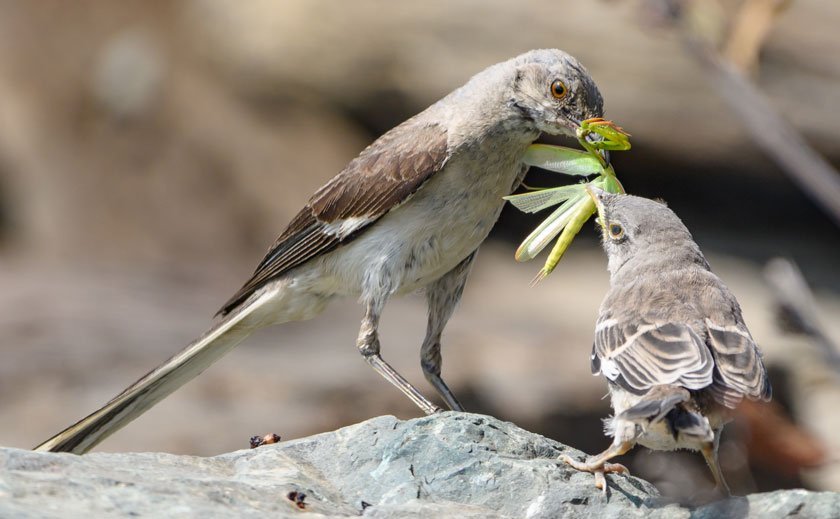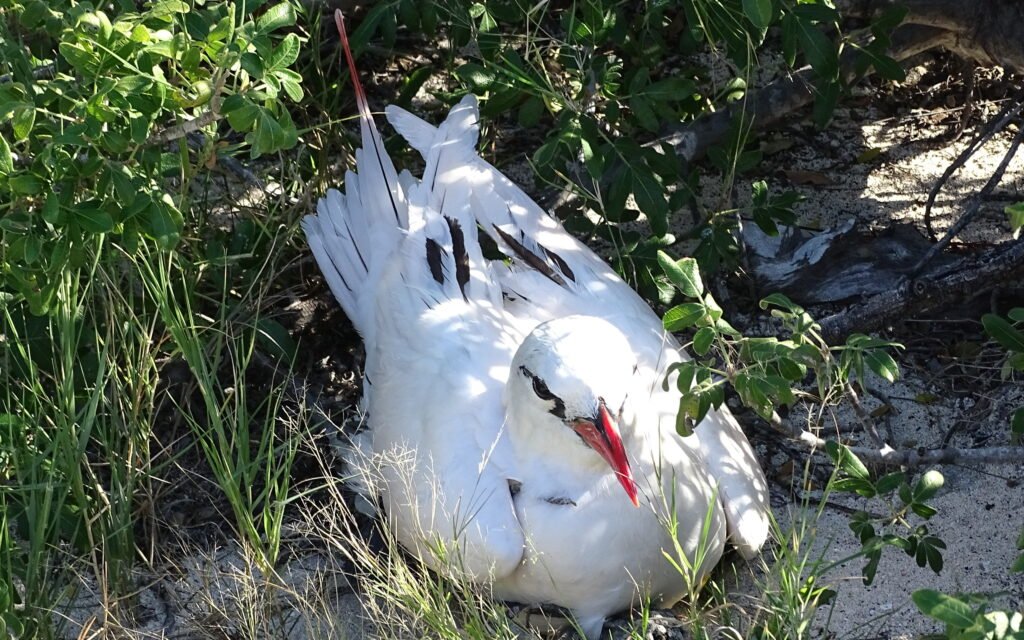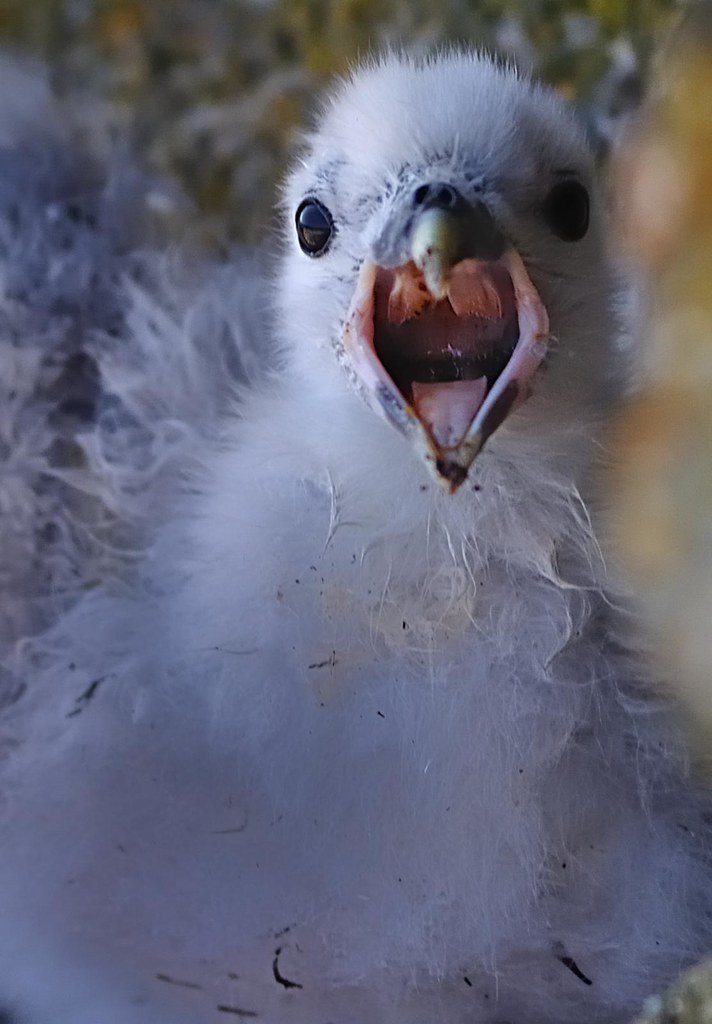If a killer whale approaches its nest, the bird leaves the nest and flaps its wings in such a way that it looks like the bird is injured. The predator thinks it will be easier to catch this wounded victim by chasing after it. If predators come near the nest birds become worried after the moving of predators to some distance away from the nest, they fly away.

Baby chicks have a special cavity above the labia. They use this cavity when they dive underwater to avoid danger.
Pingle owls attack predators violently with their sharp claws to defend their chicks and nests, making noises and puffing their wings to appear larger than their actual size.
Flightless birds such as ostriches, emus, and kiwis defend themselves with their sharp claws.

Ostriches kick with powerful legs, delivering blows strong enough to kill predators like lions.
When birds spot predators, they call loudly and fly after them. They chase predators and warn other birds. This behavior is called their disorderly behavior.
Birds that nest in large flocks, such as flamingos, warn each other of danger from any direction. Hunters prey on the slow, sick, old, and unwary. The dense covering of birds protects them from all sides.
Nestlings in burrows make a snake-like hiss when frightened. This sound causes predators to hesitate before entering the hole.

